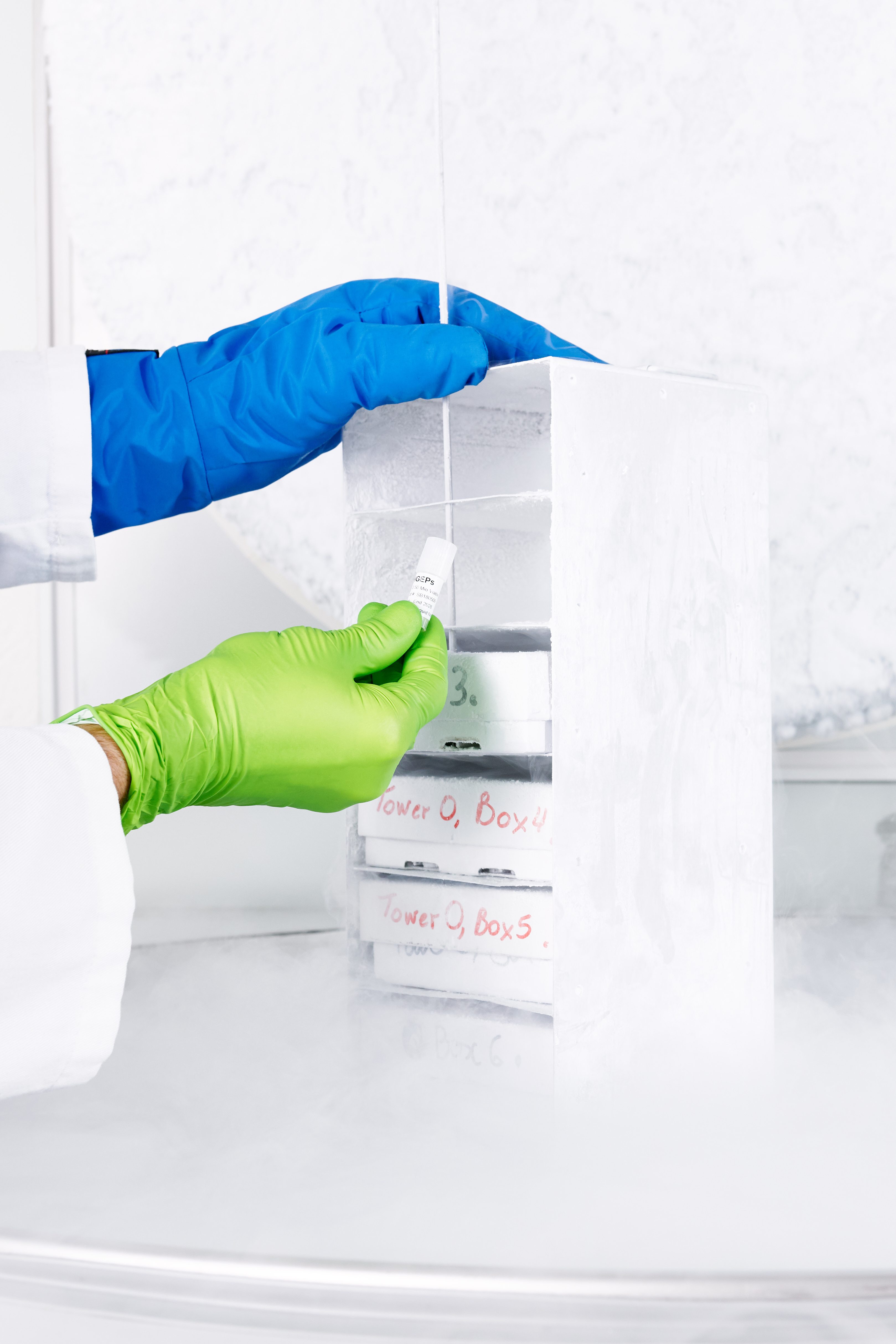Spontaneously immortalized human bladder epithelial cells, cryo-preserved at approx. passage 10.
| Catalog |
HBLAK |
| Content |
Vial containing 0.5 million viable cells, frozen |
|
|
HIGHLIGHTS:
- Extended lifespan of the cells and at least 6 months of growth post-delivery
- Ability to complete complex processes such as 3D differentiation
- Pre-equilibrated in CELLnTEC base chemistry
- Supplied in fully-defined cryopreservation medium to maximize recovery after thawing
Description
CELLnTEC’s HBLAK long-term human bladder epithelial cells are spontaneously transformed cells that provide the convenience of long-term cell growth without senescence.
HANDLING INSTRUCTION: This material is of human origin and should therefore be handled as hazardous. Although it has been tested negative for HIV 1, Hepatitis B, and Hepatitis C, treat this material as potentially infectious and use appropriate biocontainment, protective equipment, and other precautions to prevent accidental exposure.
Back to top
Specifications
- Class
- Cell lines
- Tissue type
- Bladder
- Cell type
- Bladder Epithelium Progenitors
- Species
- Human
- Pack size
- 0.5 million viable cells (1 mL), frozen vial
- Culture Medium
- CnT-PR
Back to top
Scientific resources
HBLAK long-term human bladder epithelial cells have been isolated from normal tissue and have not been actively transformed. These cells retain the ability to differentiate and form 3D cultures.
CELLnTEC’s Long-Term cells are provided at approx. passage 10 and provide at least 6 months of growth post-delivery.
As with all cell cultures that deliver long-term growth, it is recommended to expand the cells after initial delivery, then freeze-down a group of stock vials. Experiments should then be conducted in the subsequent approx. 15-20 passages after thawing each of the stock vials.
Once 15-20 passages have been completed, the culture should be discarded and a new culture started from a fresh stock vial.
The spontaneously immortalized cell line HBLAK derived from a primary culture of uroepithelial cells was first characterized by Hoffmann et al.
Back to top
Scientific Literature
| Title |
Authors |
Year |
Tissue type |
| A urine-dependent human urothelial organoid offers a potential alternative to rodent models of infection |
Harry Horsley, Dhanuson Dharmasena, James Malone-Lee & Jennifer L. Rohn |
2017 |
Bladder |
| Effects of novel HDAC inhibitors on urothelial carcinoma cells |
Aline Kaletsch, Maria Pinkerneil, Michèle J. Hoffmann, Ananda A. Jaguva Vasudevan, Chenyin Wang, Finn K. Hansen, Constanze Wiek, Helmut Hanenberg, Christoph Gertzen, Holger Gohlke, Matthias U. Kassack, Thomas Kurz, Wolfgang A. Schulz, Günter Niegisch |
2018 |
Bladder |
| Knockdown of UTX/KDM6A Enriches Precursor Cell Populations in Urothelial Cell Cultures and Cell Lines |
Alexander Lang, Patcharawalai Whongsiri, Merve Yilmaz, Tobias Lautwein, Patrick Petzsch, Annemarie Greife, Cagatay Günes, Karl Köhrer, Günter Niegisch, Michèle Hoffmann, Wolfgang A. Schulz |
2020 |
Bladder |
| Title |
Year |
| CELLnTEC Catalog |
2023 |
Download |
Back to top

